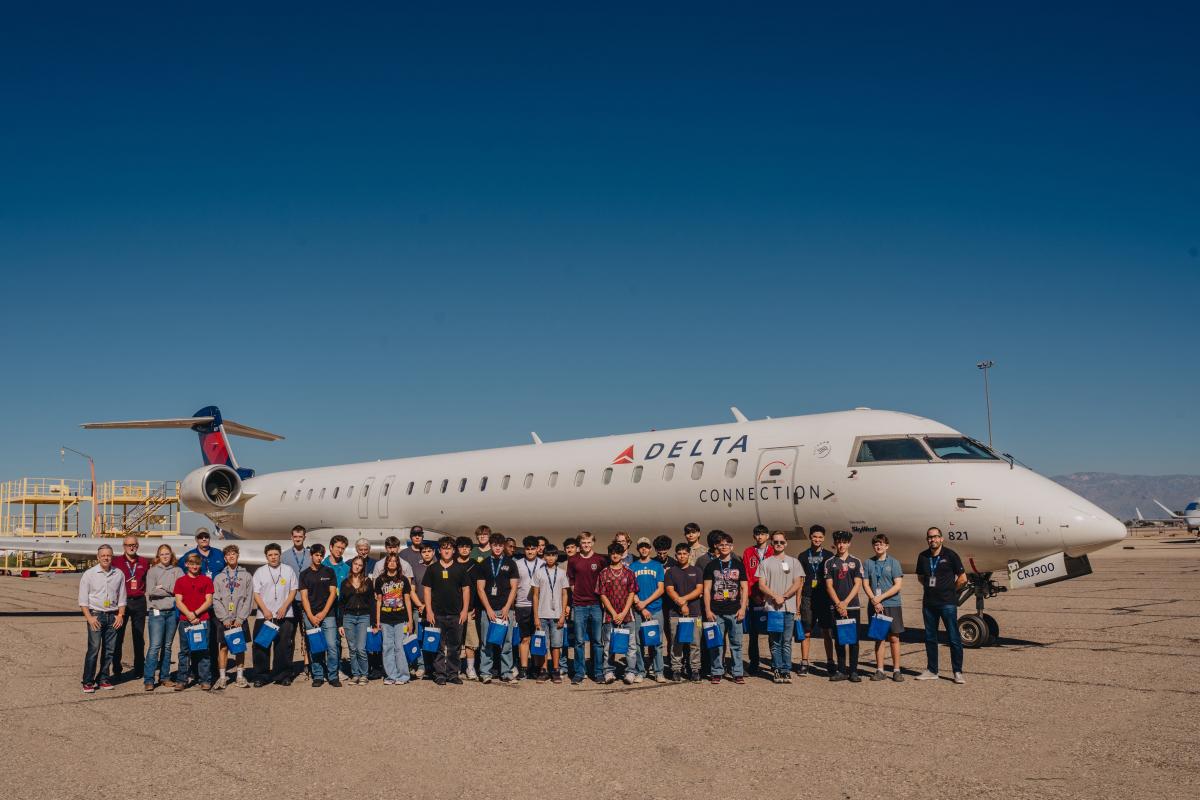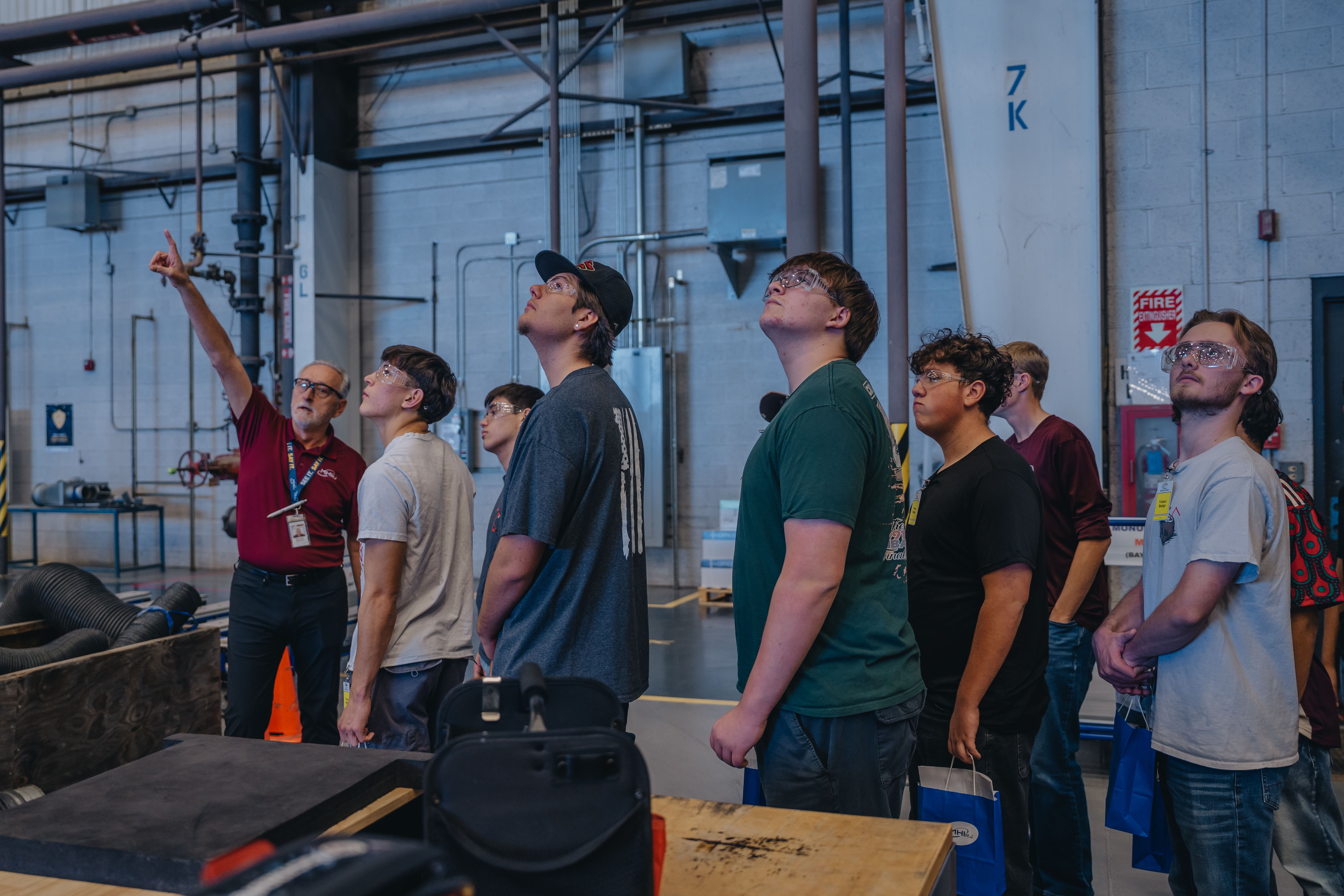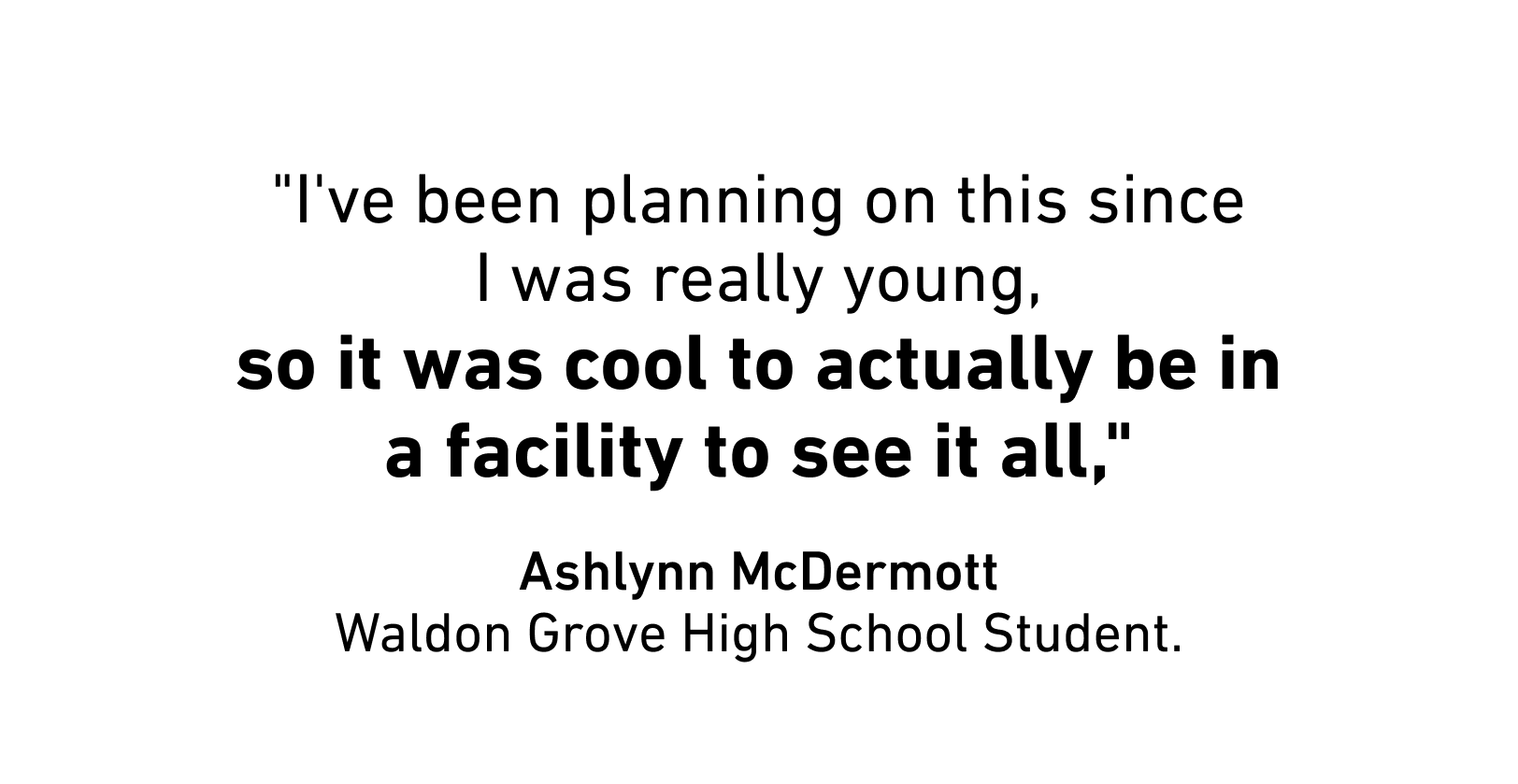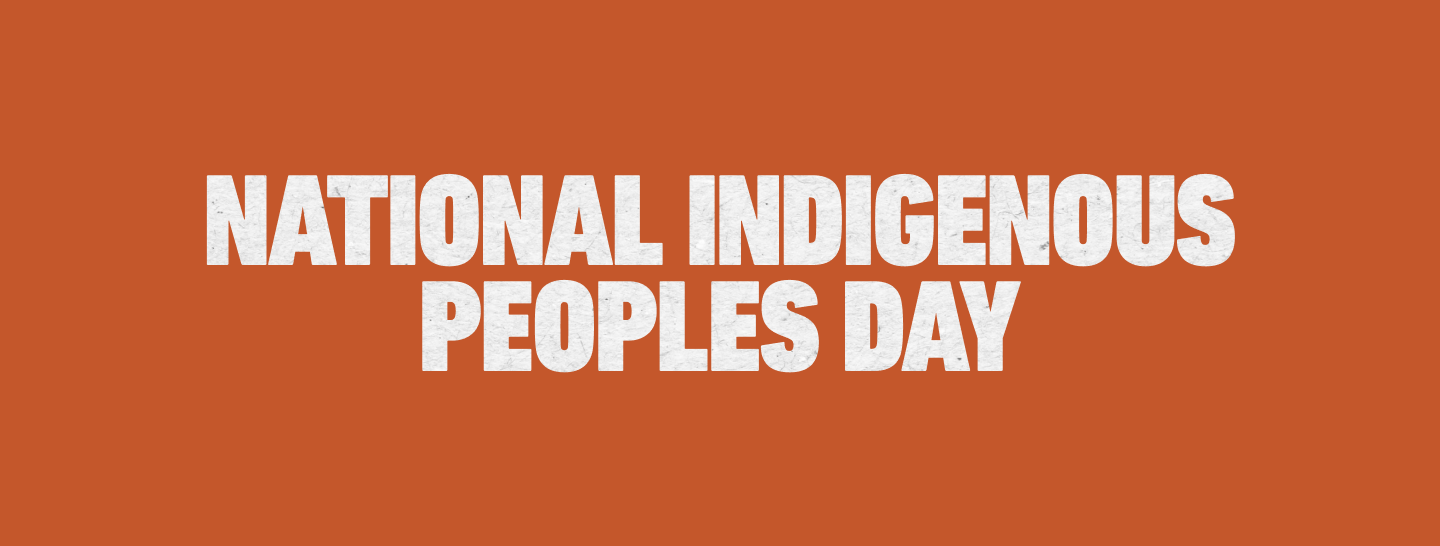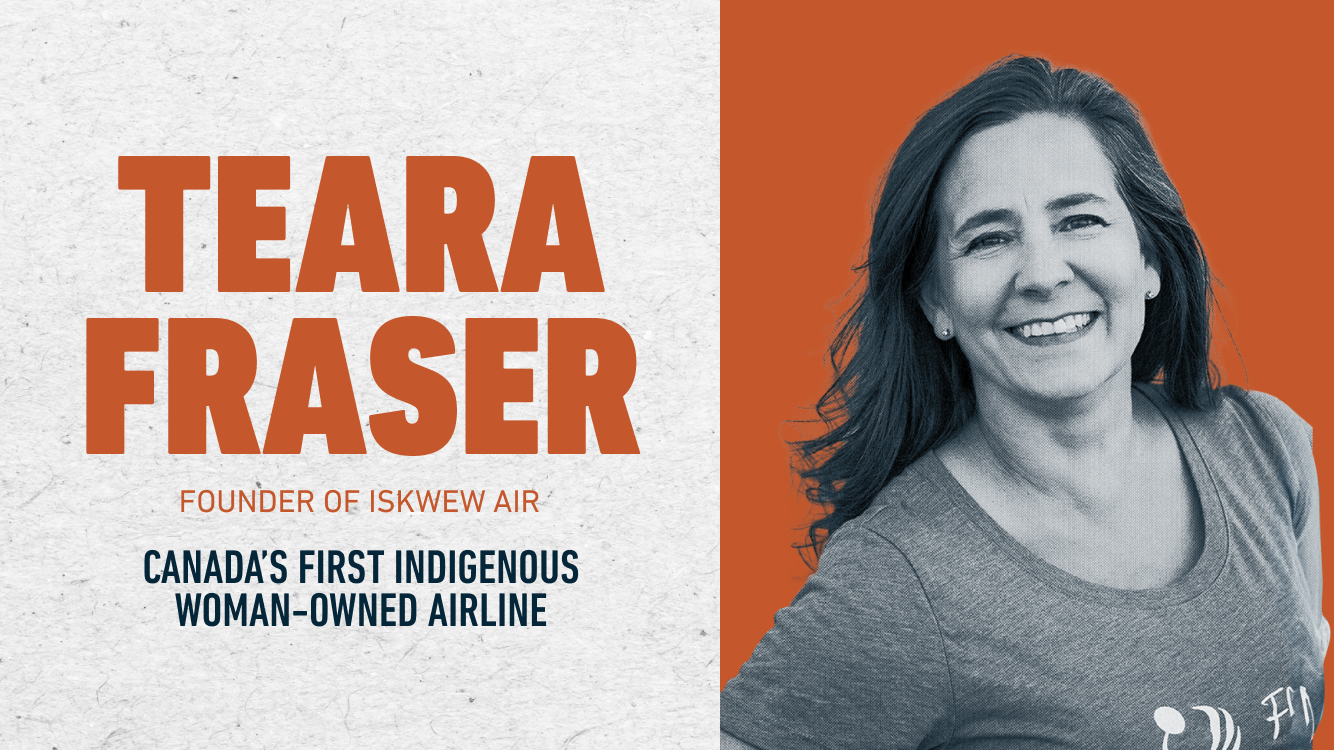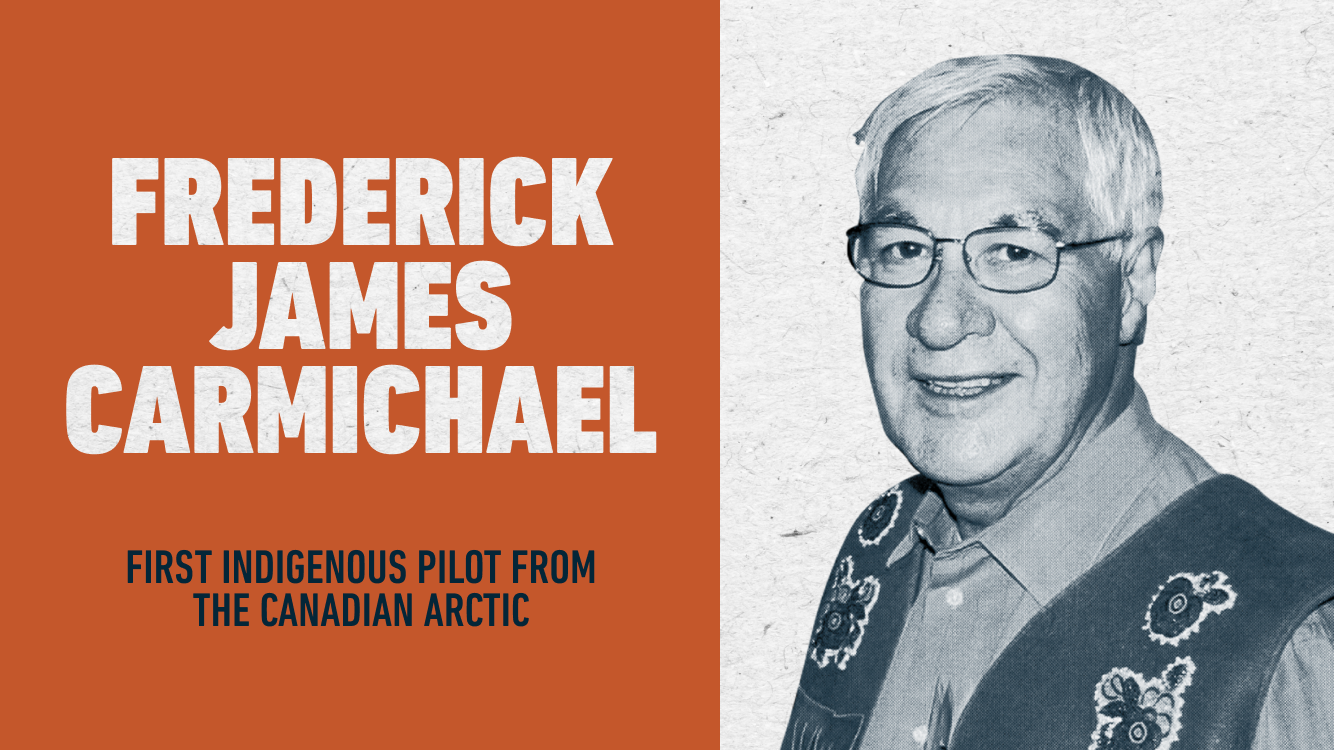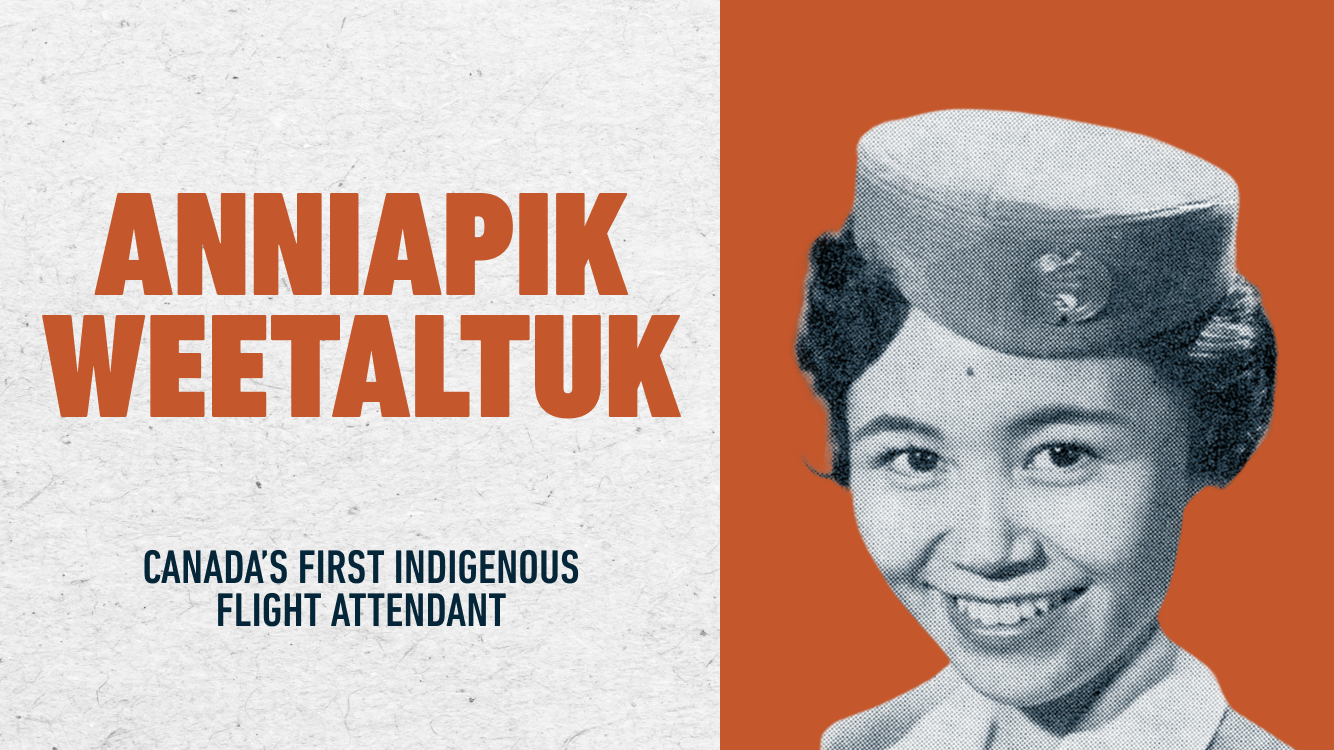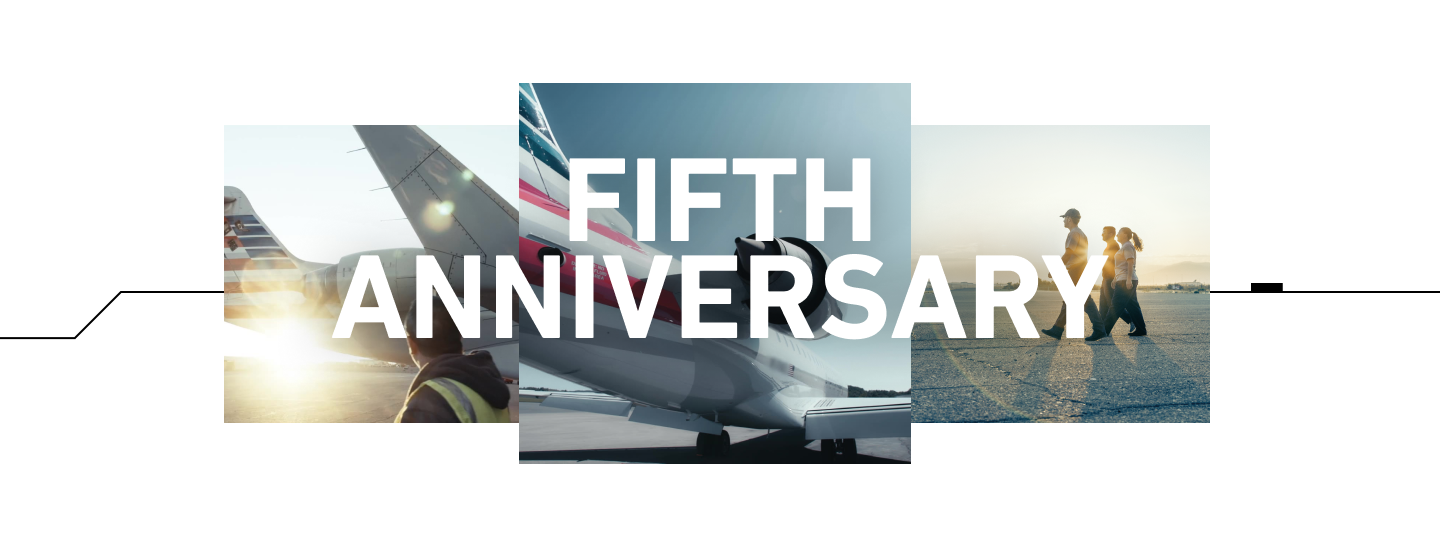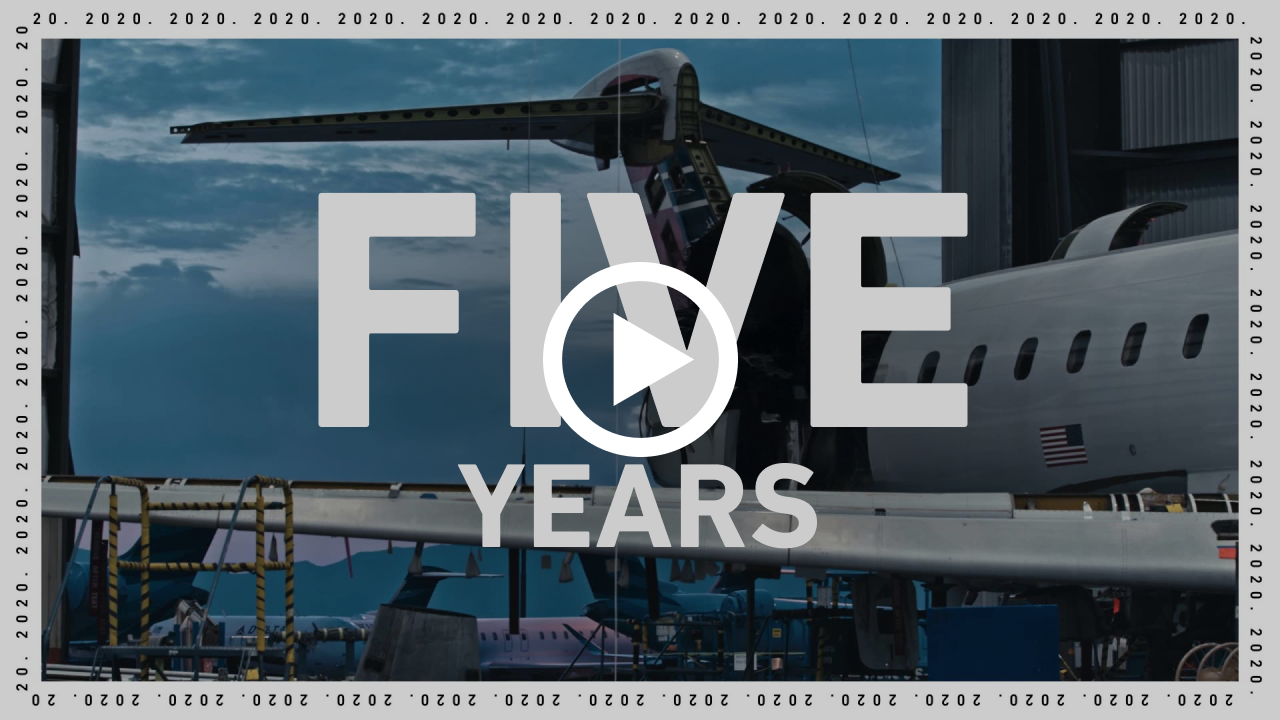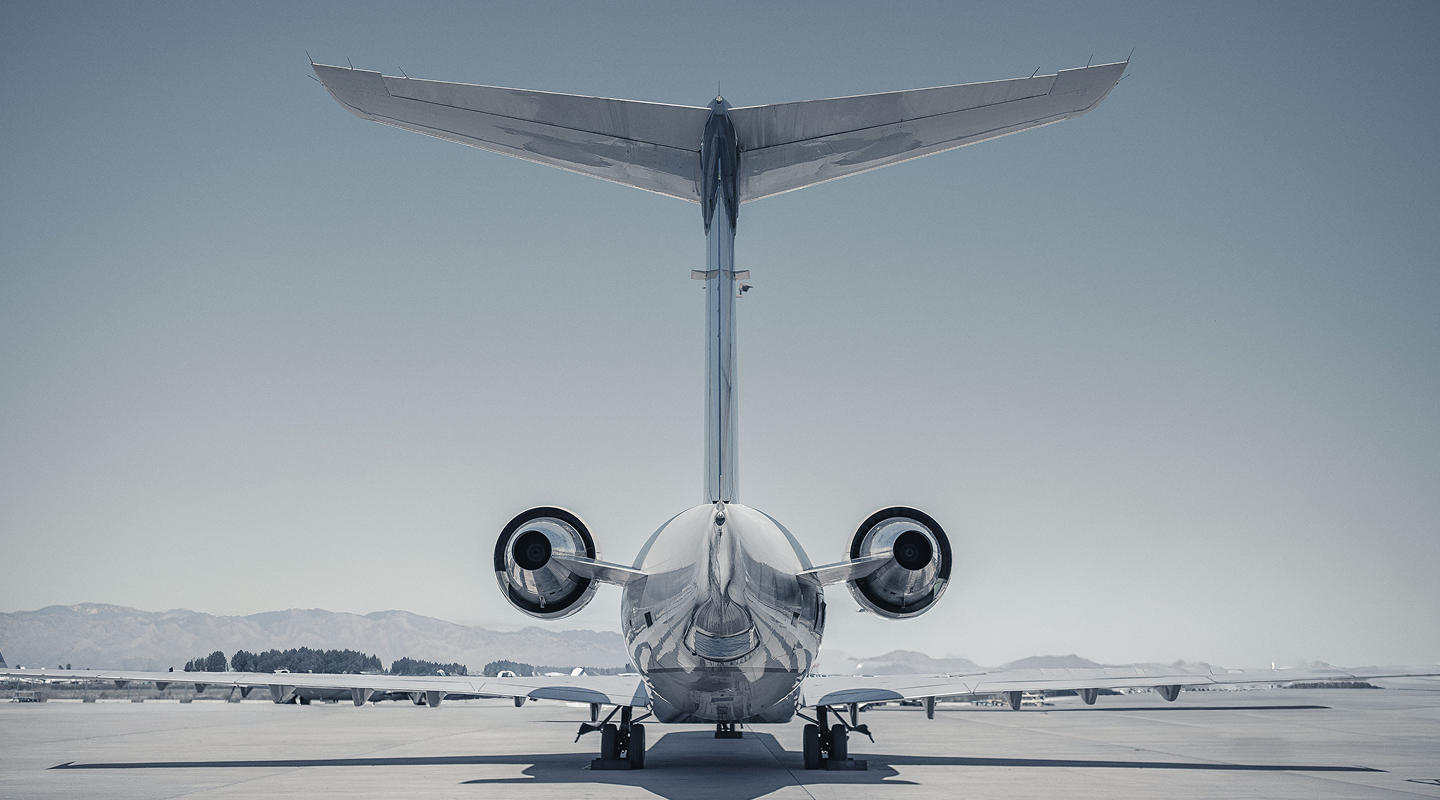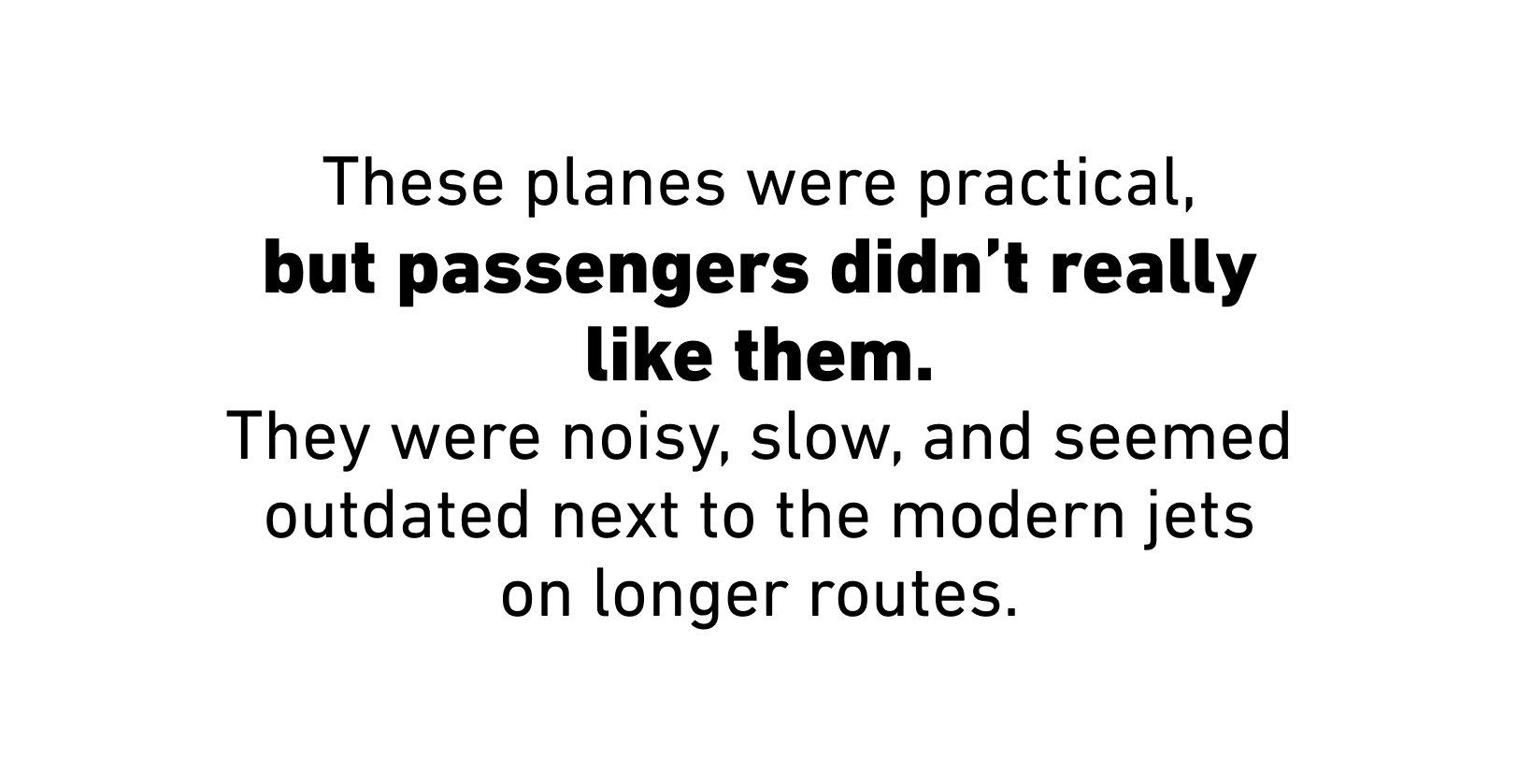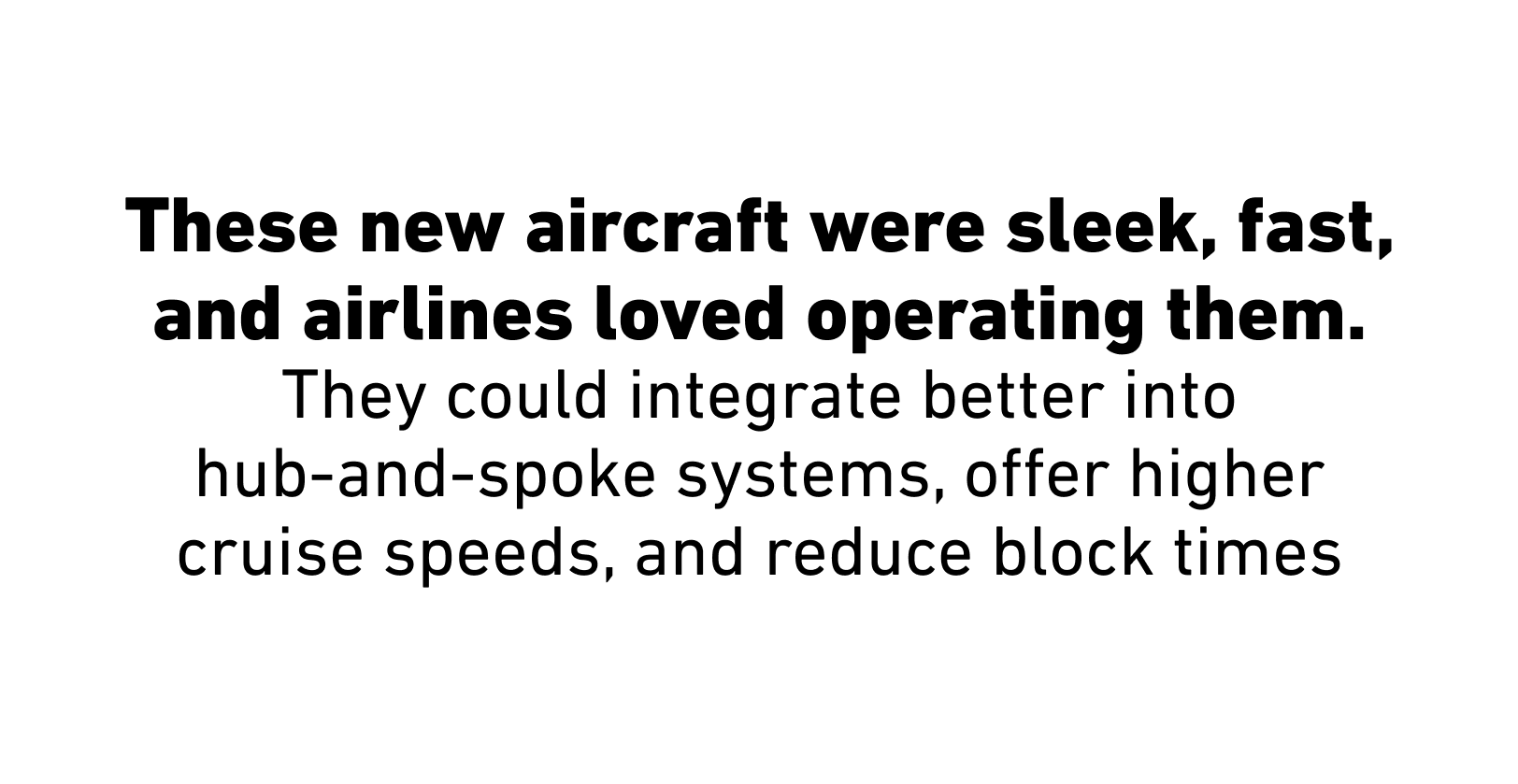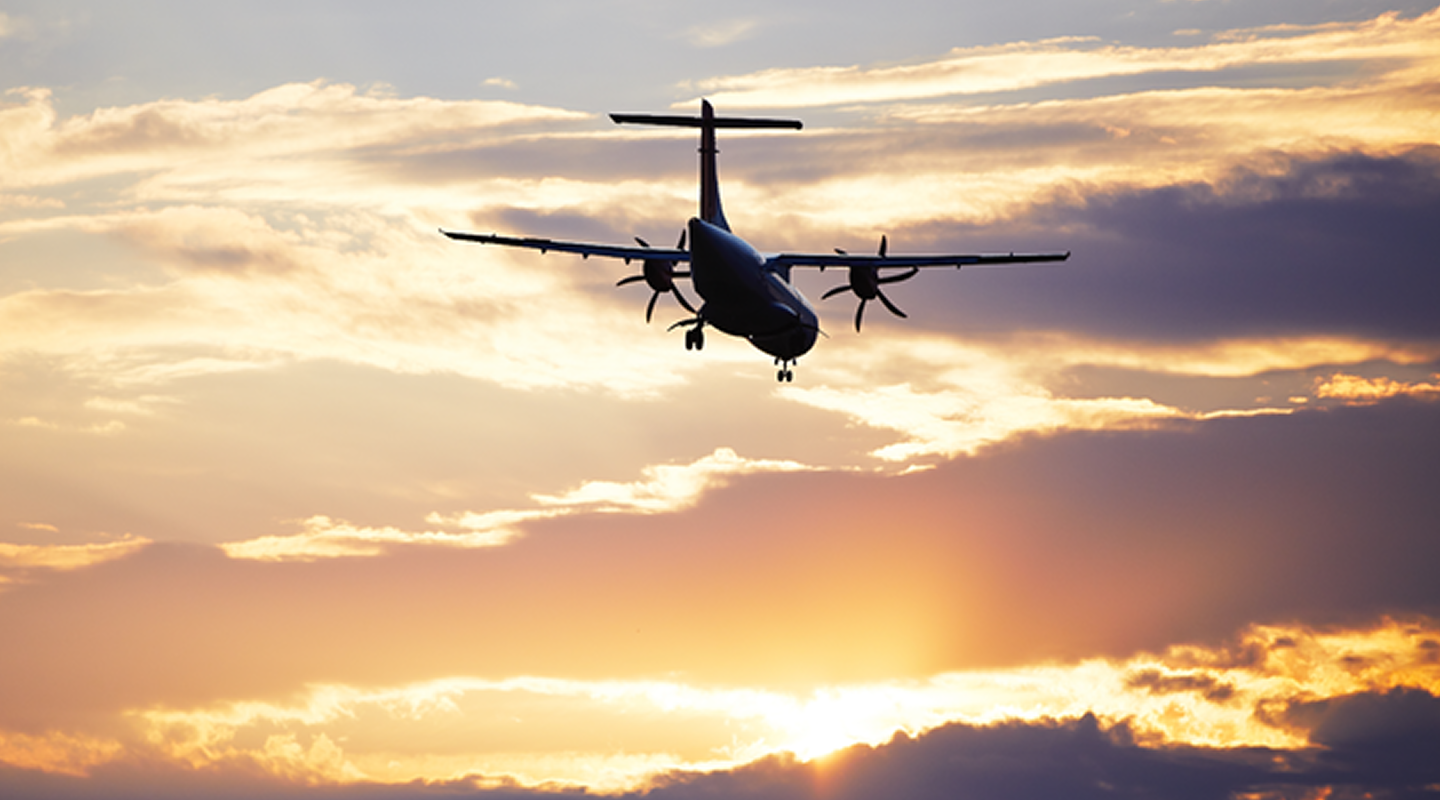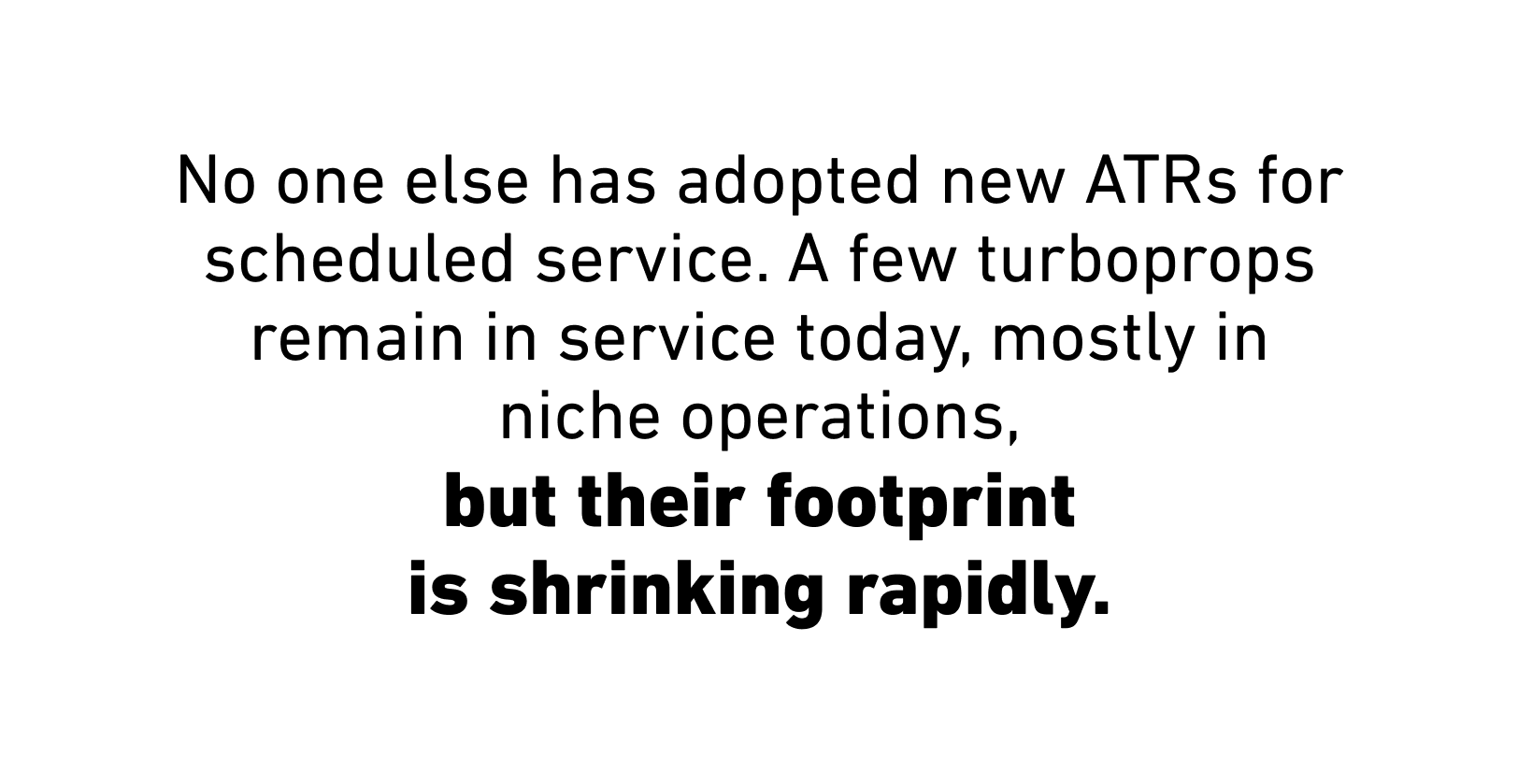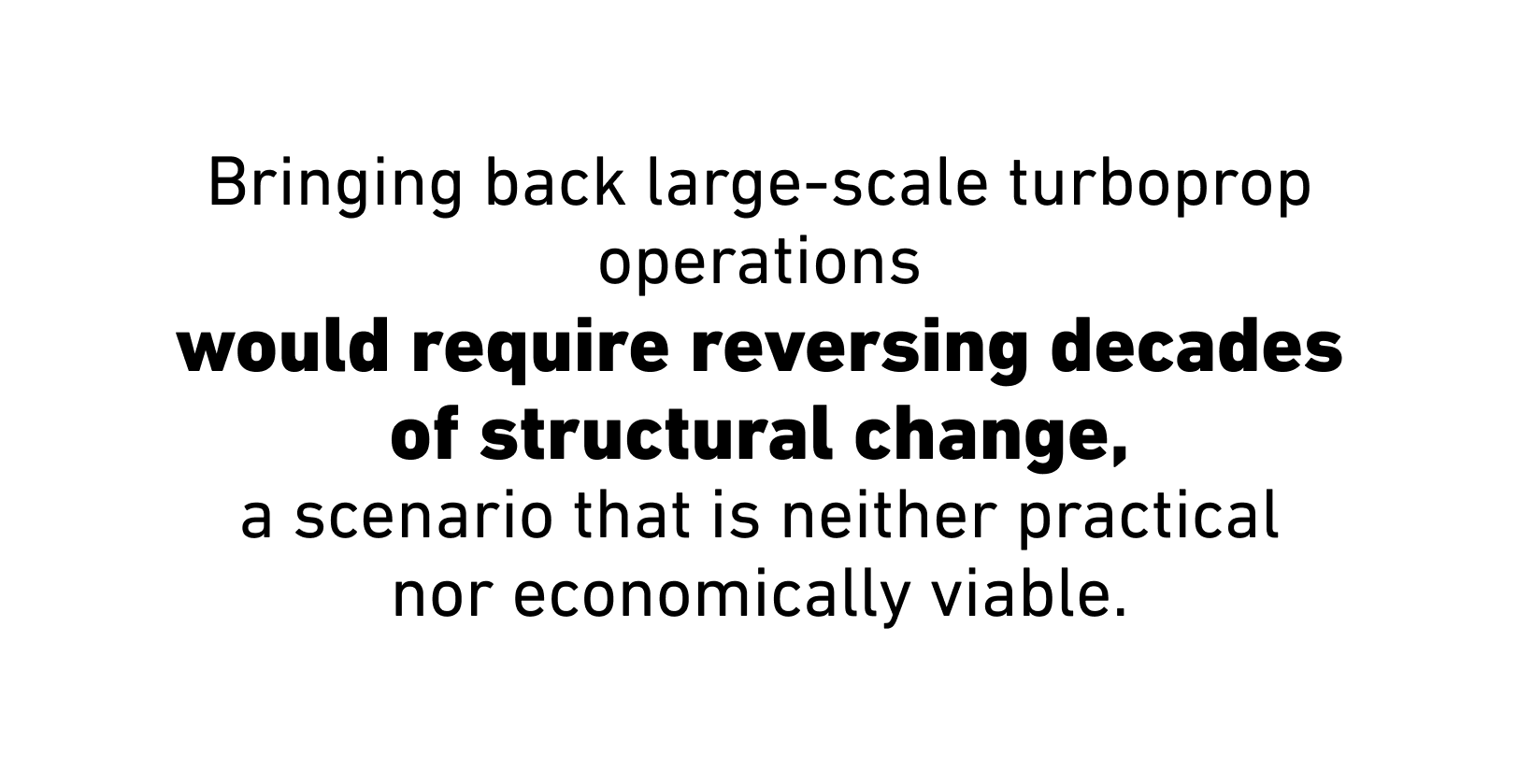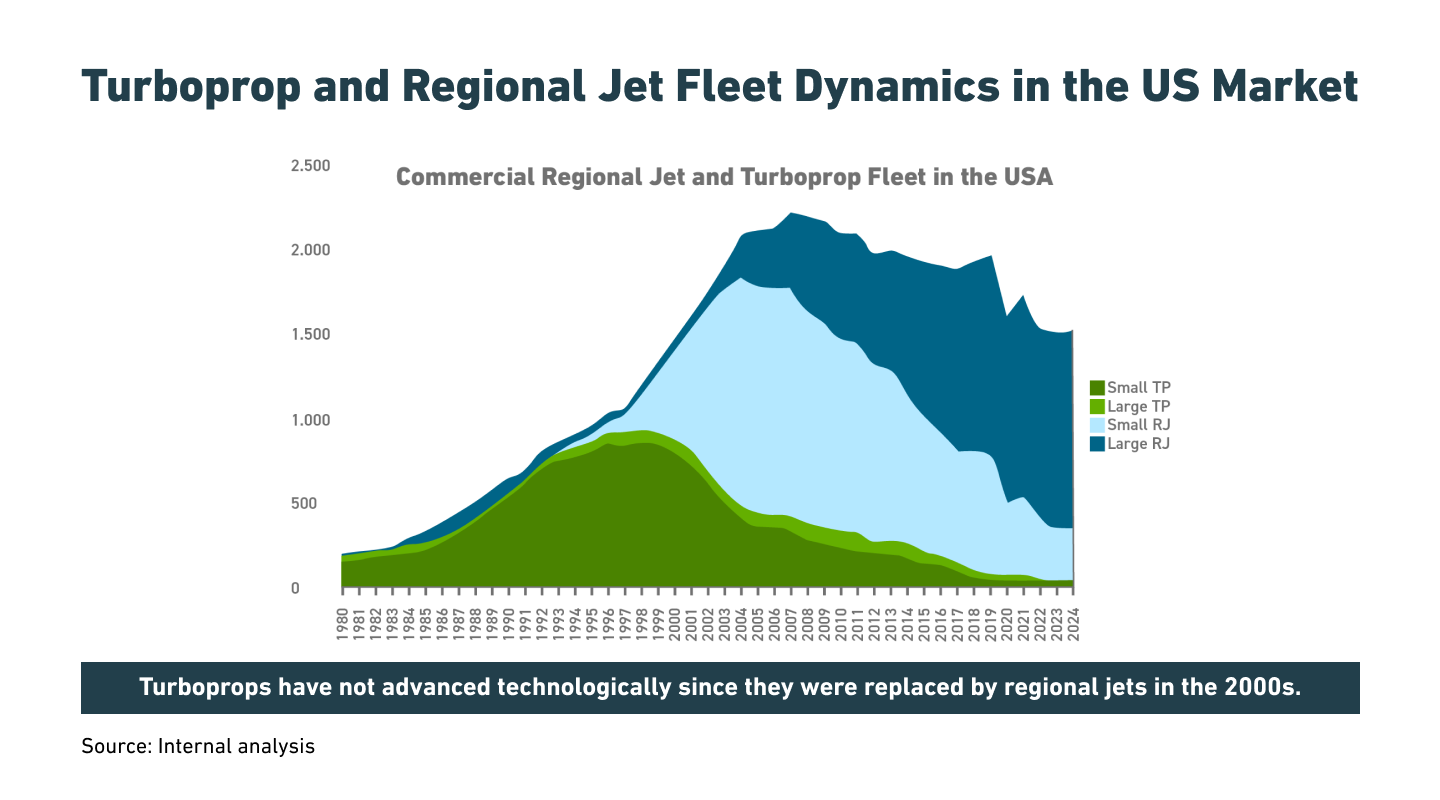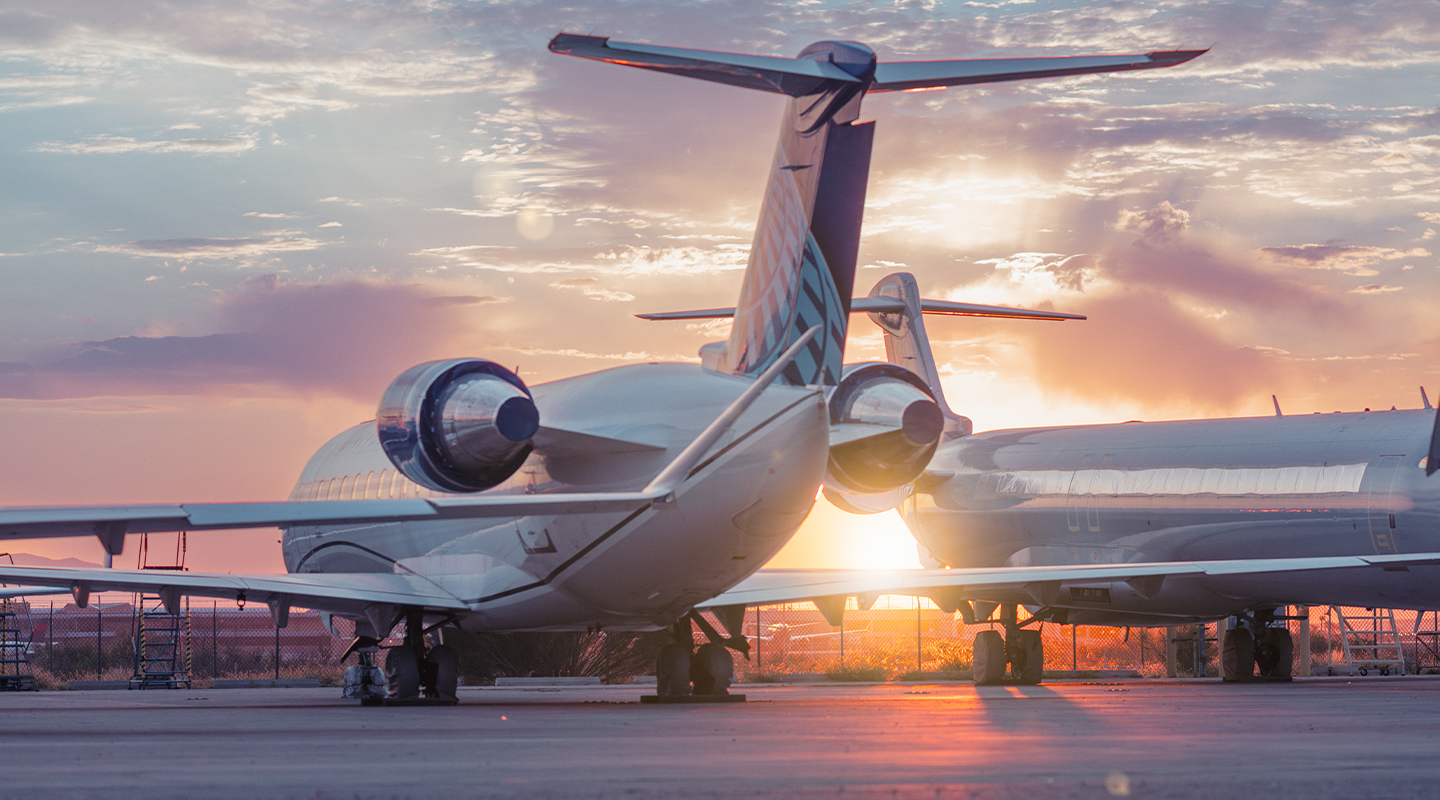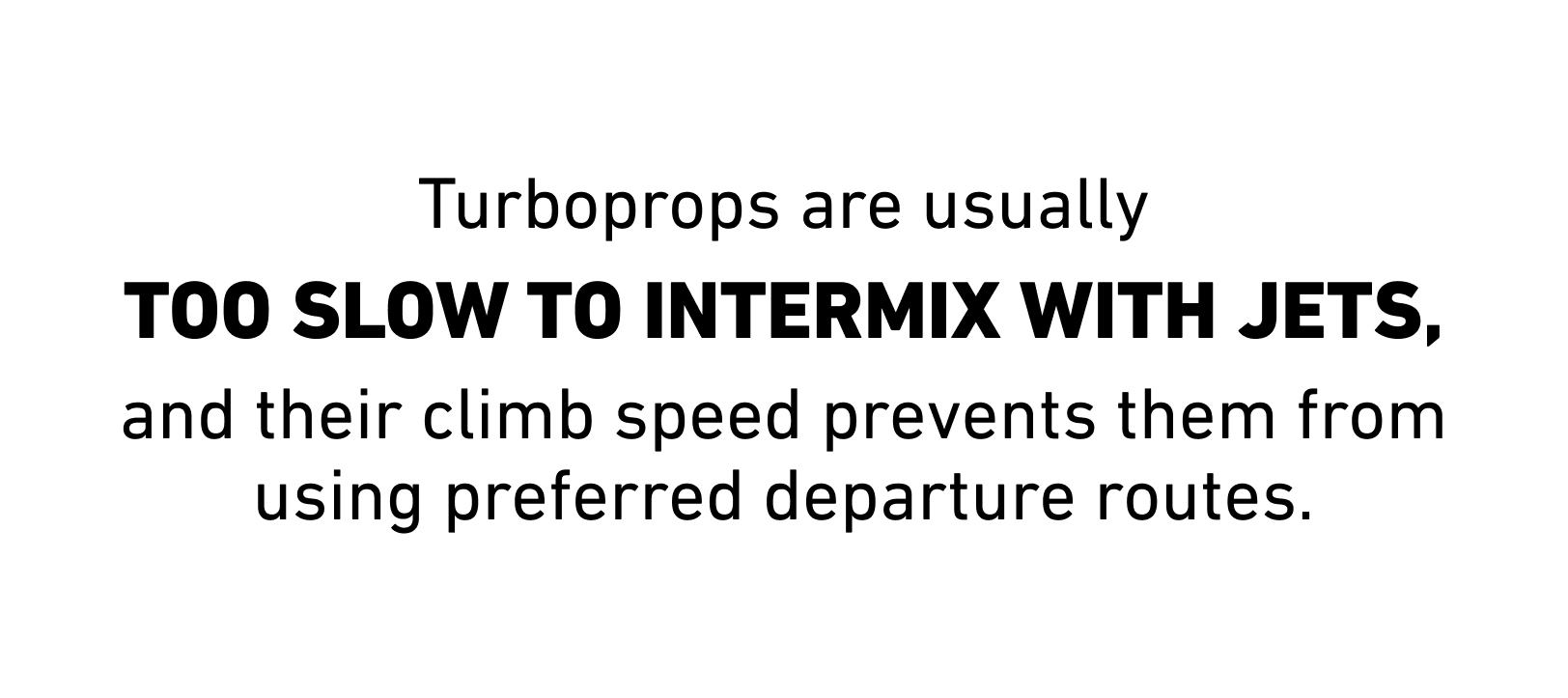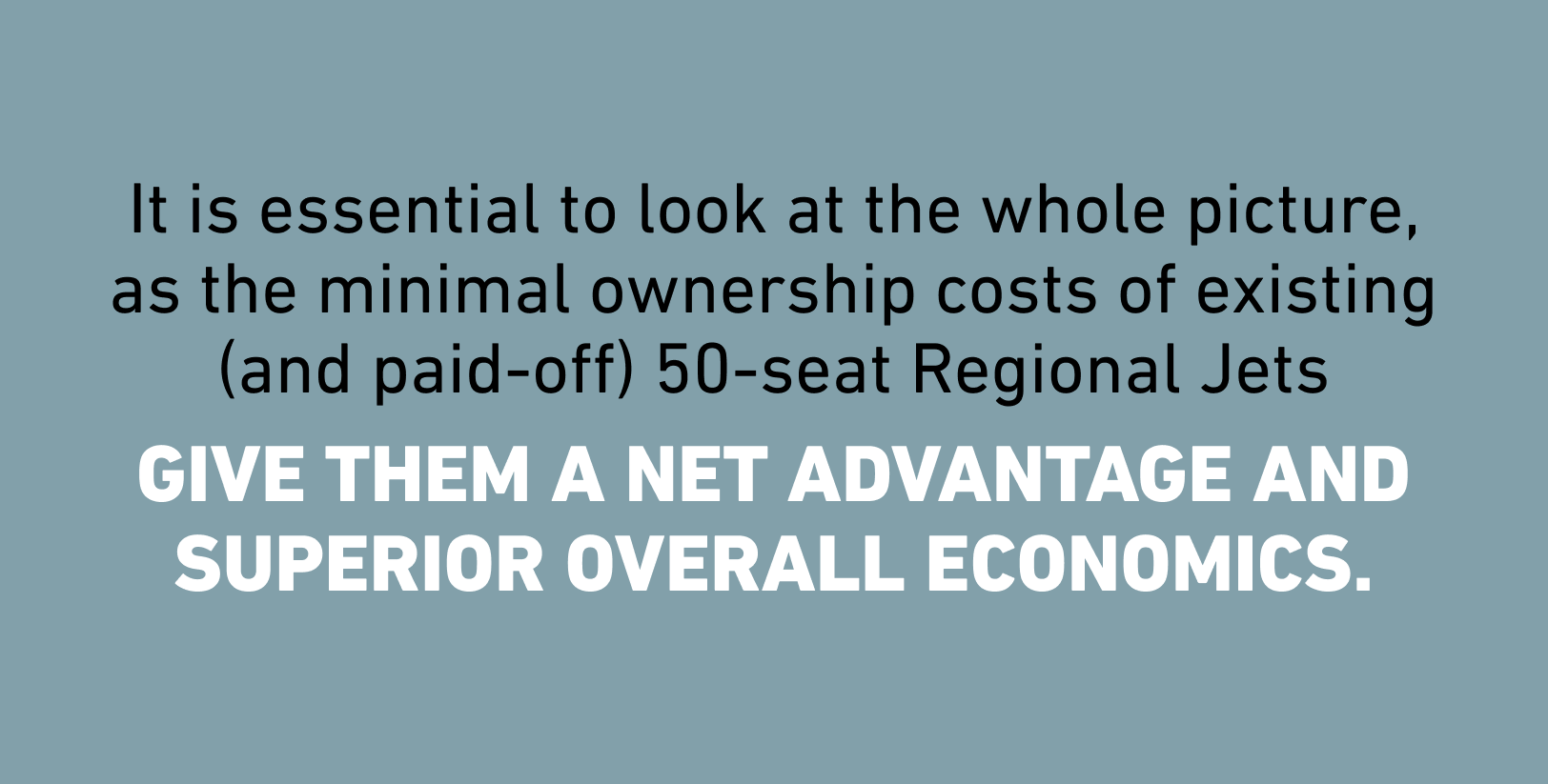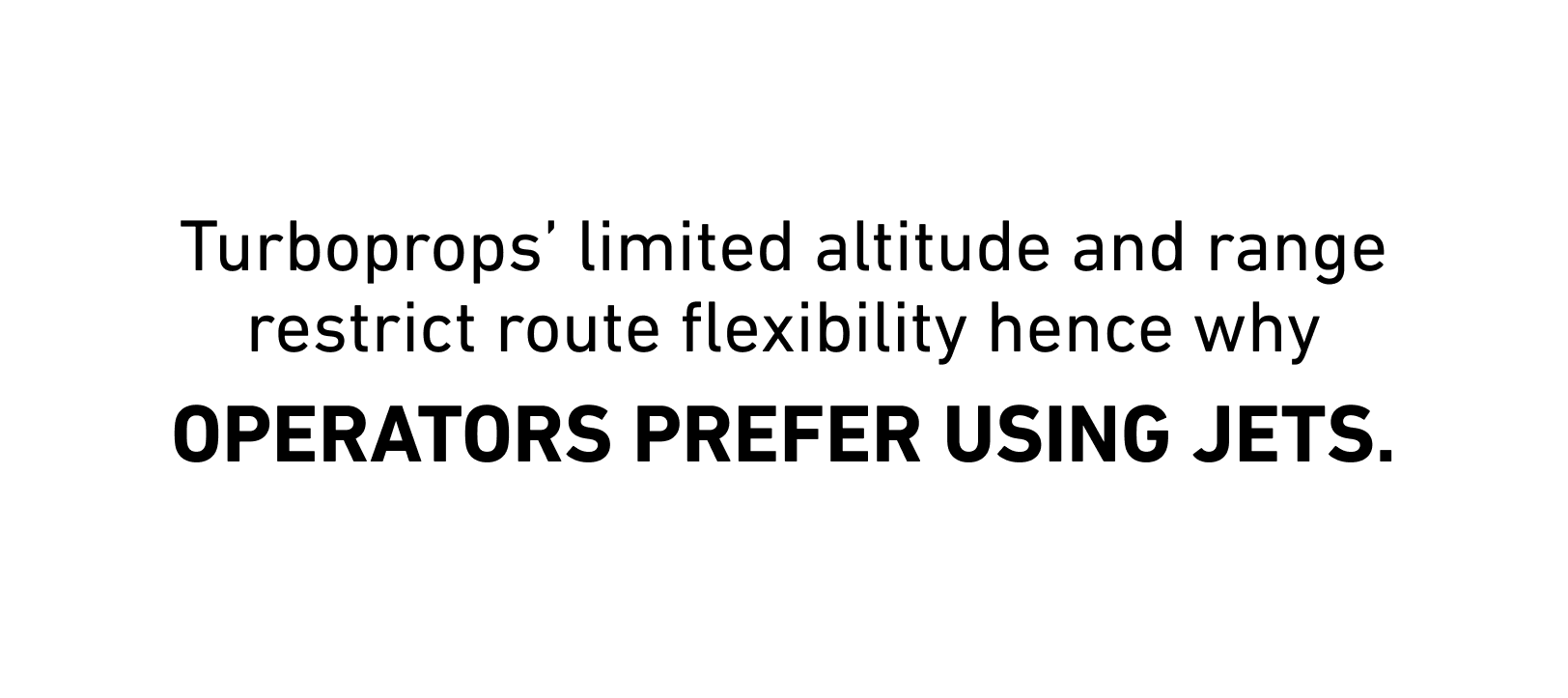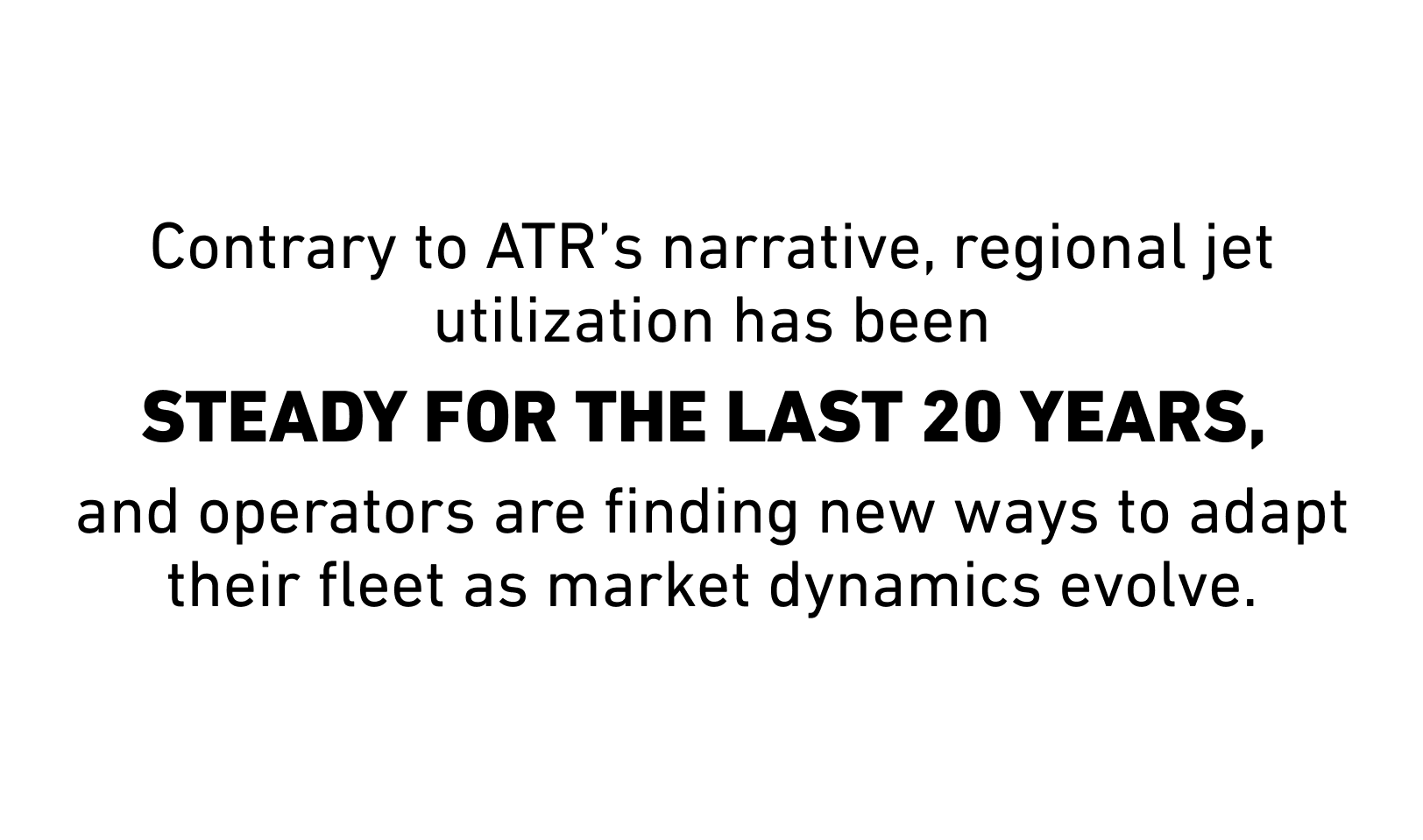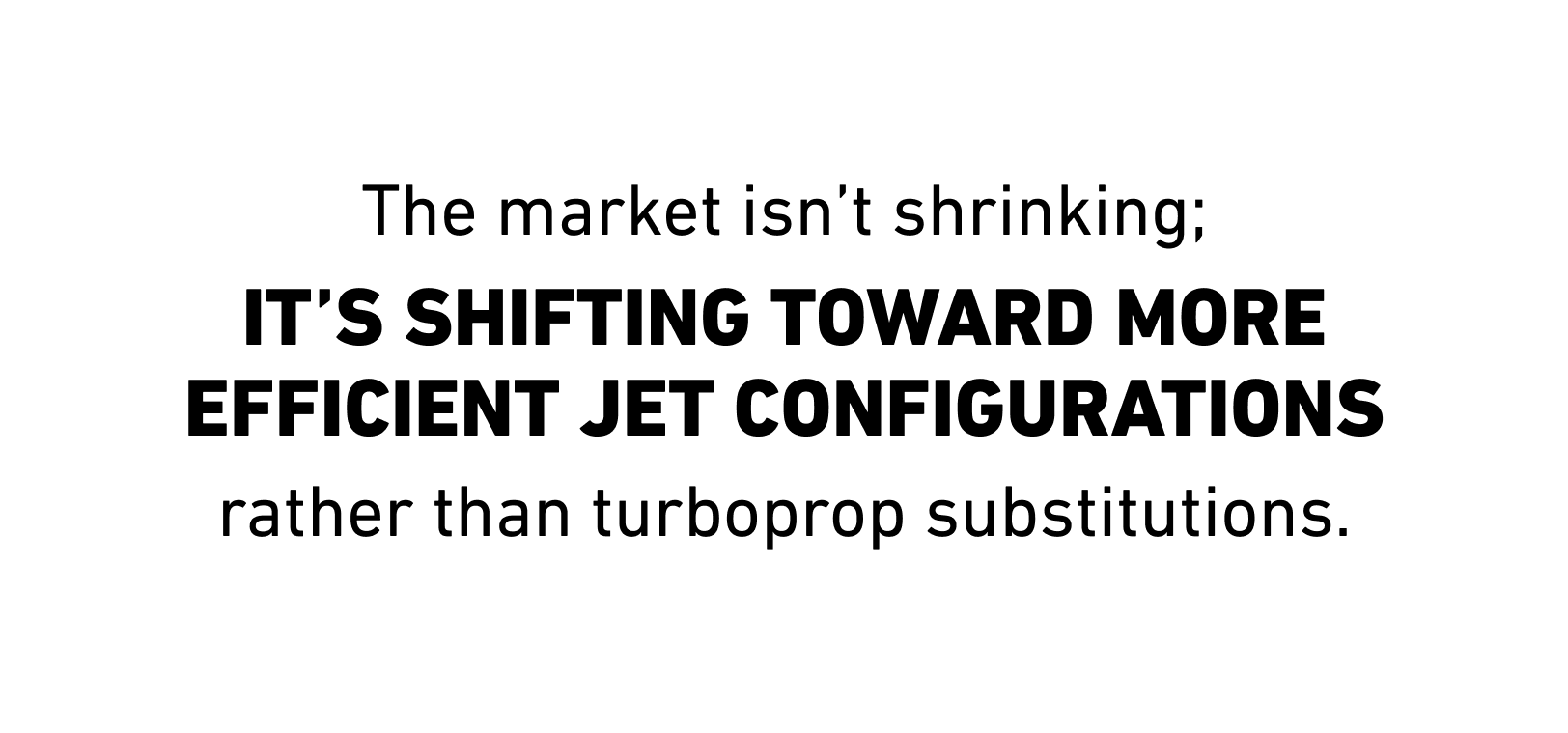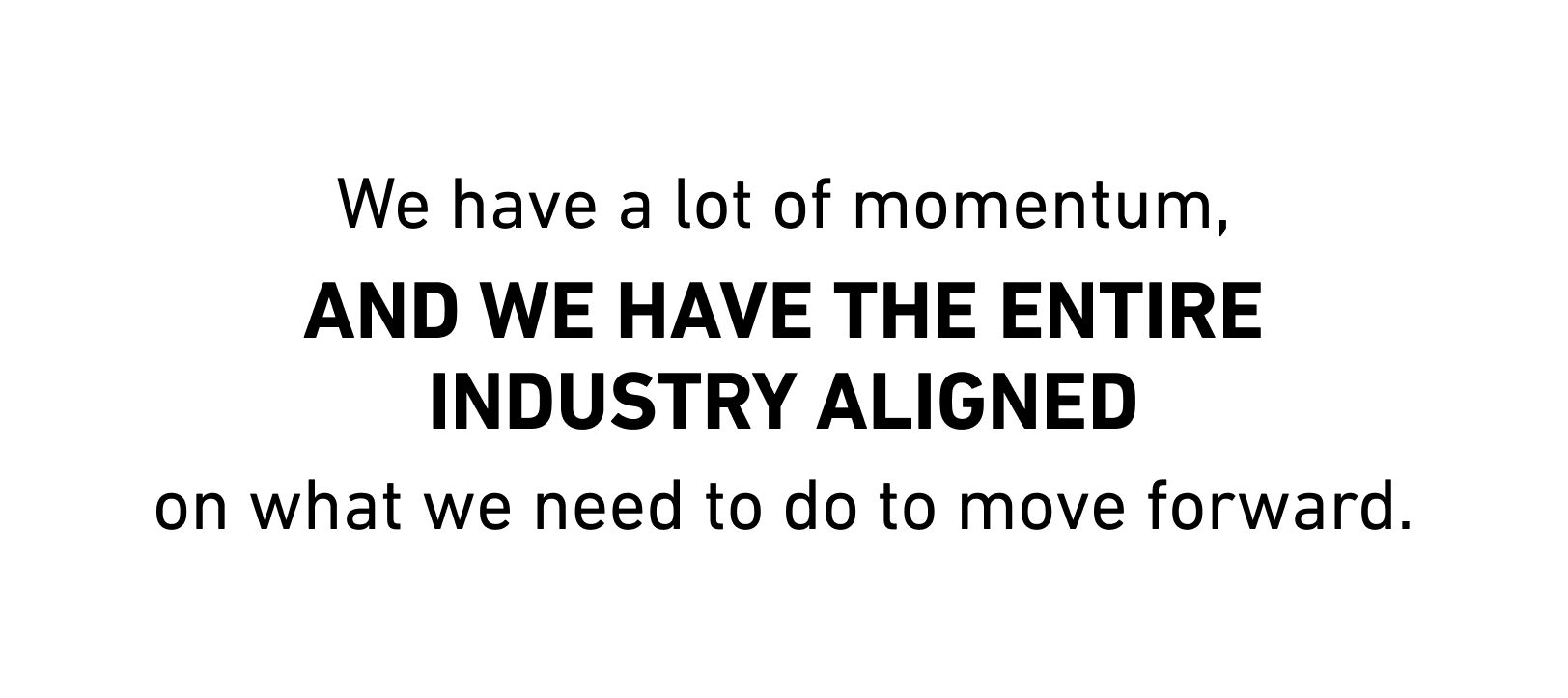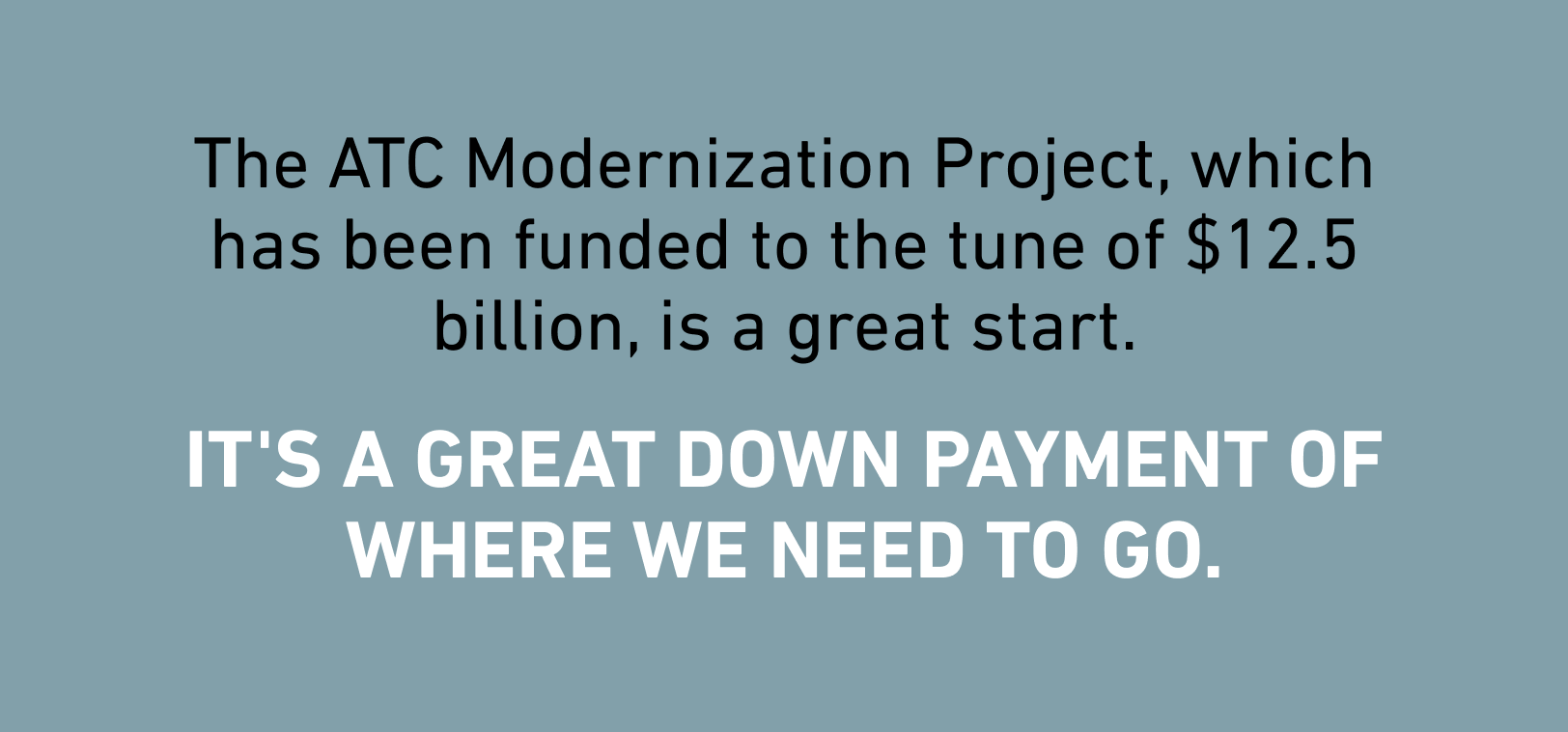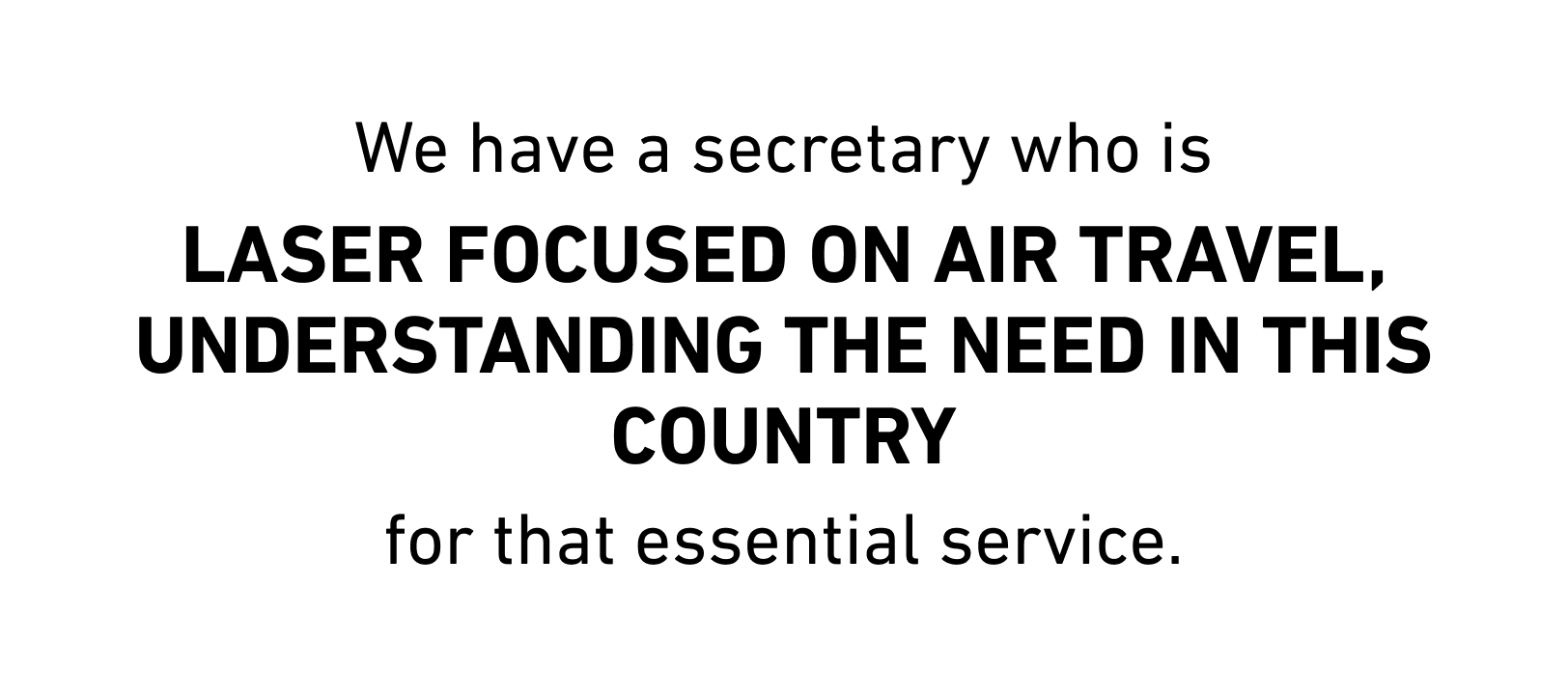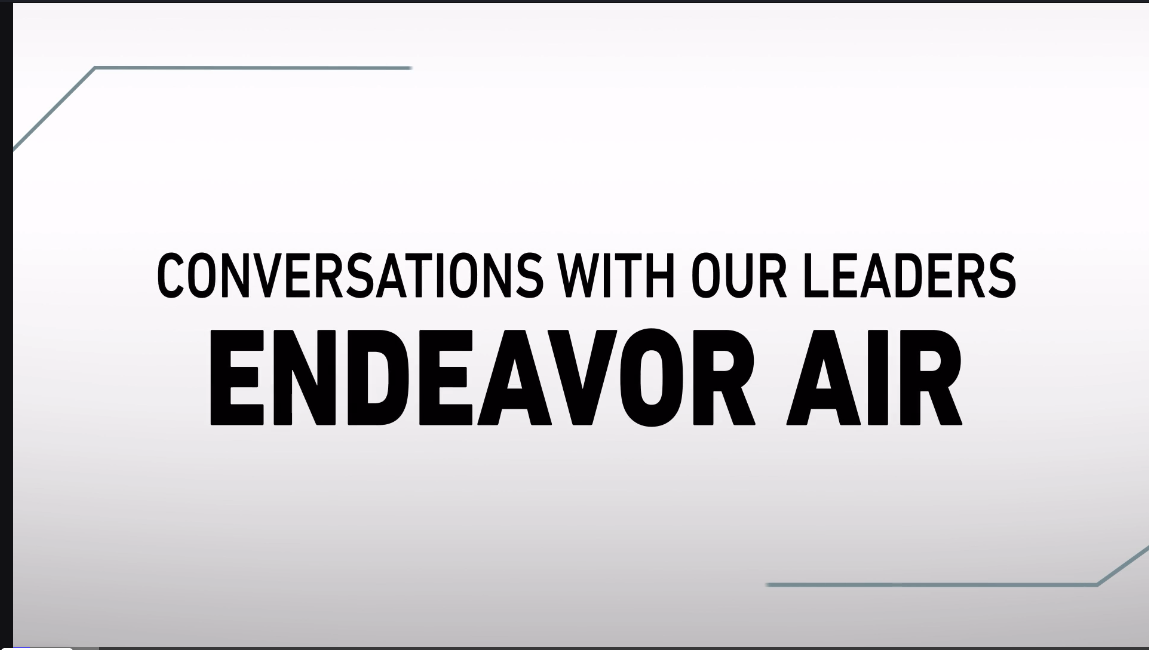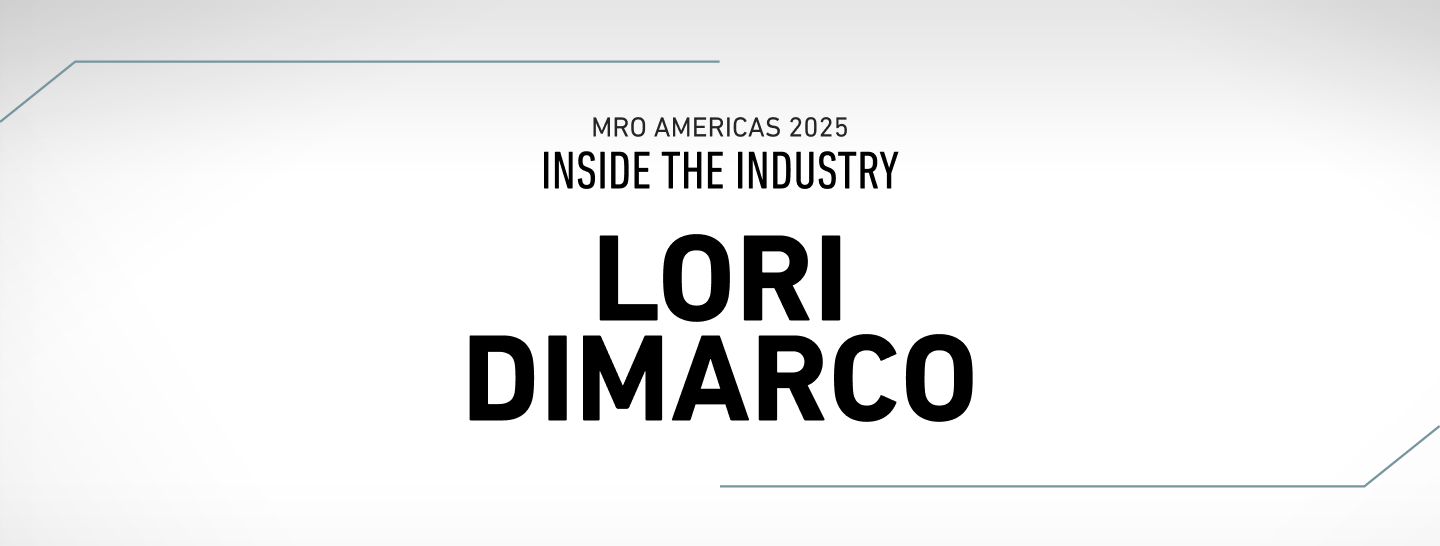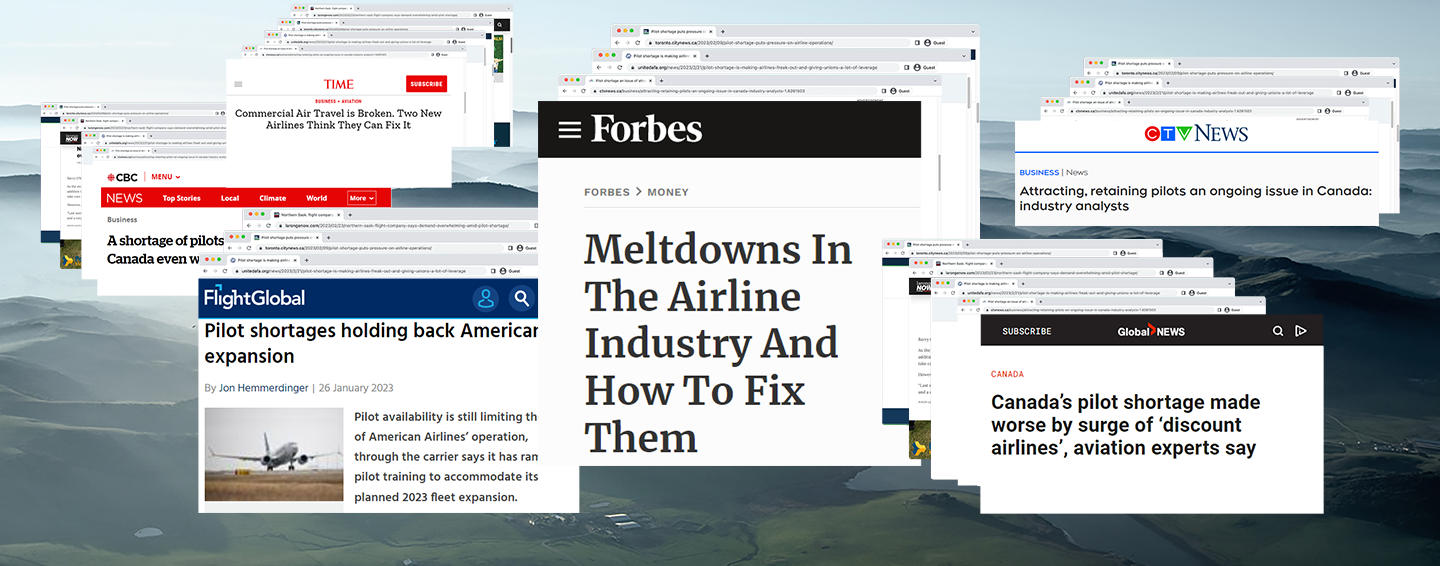
PILOT SHORTAGE: IN THE NEWS

In the last two years, more than 320 airports in the U.S. have lost air service, with over 150 of them losing more than a quarter of their service as a result of the pilot shortage. We have been actively using our platform to keep a spotlight on the issue and to help raise awareness. As the problem persists, we’re seeing news outlets bring increasing attention to the challenges we are all facing as industry players and travelers.
While the pilot shortage is leaving a gaping hole in the industry, the shortage is showing to have disproportionate effects on regional airlines and larger airlines. Flight Global covered a story on how the pilot shortage is currently eroding U.S. discounters’ low-cost edge in the market, while consequently improving the competitive position of much larger airlines.
A GLOBAL ISSUE
But the problem isn’t just being felt in the U.S. According to Transport Canada, approximately 1,100 pilot licenses were issued each year before the pandemic hit. When this number was complemented by foreign-trained pilots, the number of pilots available was more than enough to satisfy the needs of not just the large carriers like WestJet and Air Canada, but also the regional, charter and cargo airlines.
However, CBC News reported some staggering numbers that really illustrate the issue at hand. As the demand for air travel practically ground to a halt in 2020, so did the number of licenses being issued to new pilots. Government data revealed that fewer than 500 licenses were awarded in Canada in 2020, which then dropped even lower to under 300 in 2021, and just a mere 238 in 2022.
Even with this data in hand, "there aren’t enough people starting up at the bottom of the scale to get people interested in flying," John Gradek, a lecturer in aviation management at McGill University in Montreal, told CTV News. With costs as high as $100,000 or more to train as a pilot in Canada, paired with little to no financial aid available to students, the problem doesn’t show signs of slowing down.
"This is why we’re advocating for governments to start subsidized pilot training. We’re talking about getting flight training funded the same way other more traditional college degrees get funded,” MHIRJ’s own Ross Mitchell explained in a recent interview.
A WIDENING GAP
Although air travel has since bounced back following the pandemic, many airlines continue to struggle to bring enough pilots back into the mix. A 2022 analysis by the consulting firm Oliver Wyman estimates that the U.S. airline industry is lacking around 8,000 pilots. They also project that the situation will continue to worsen over the next decade as the ever-increasing demand continues to overtake the number of new pilots entering the industry—despite the expectation that the supply of new commercial pilots is expected to pick up over the next few years.
However, with the way things stand now, the increased supply can’t possibly meet the demand. As a result, it’s expected that North America will be short nearly 30,000 pilots by 2032.
As travelers continue to feel the frustrations of canceled flights, and the industry feels the strain of grounded planes and schedule cutbacks, we’ll continue to help increase media coverage on the issue, share the latest developments with our community, and rally for change alongside our industry partners.
- Log in to post comments

 24
24
